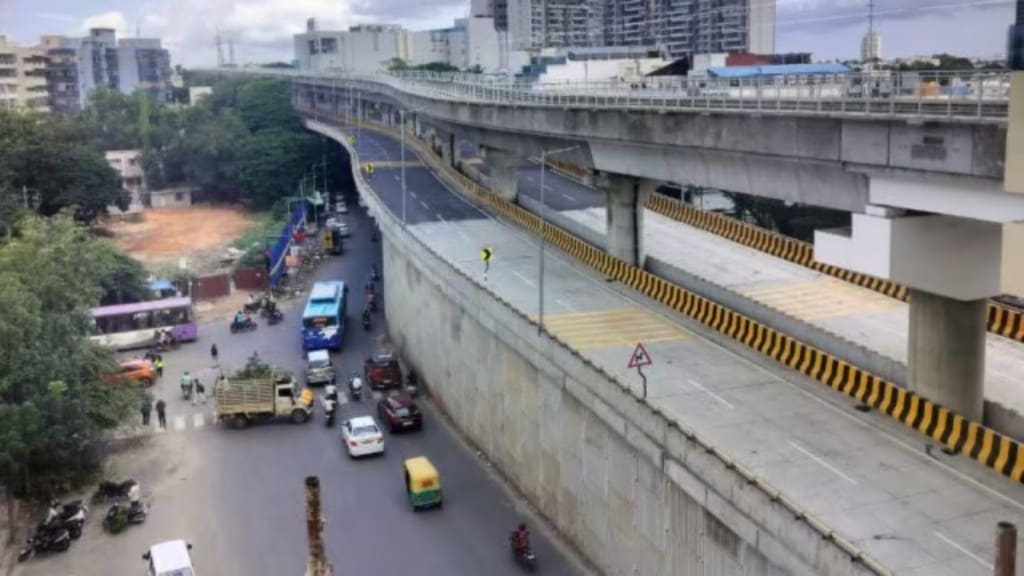Since the opening of the double-decker flyover at the Silk Board Junction in July, the area, often called the ‘mother of traffic congestion’, has seen a 50 per cent drop in traffic congestion, The Indian Express reported citing the Bengaluru traffic police.
Deputy Commissioner of Police East (Traffic), Kuldeep Kumar Jain, shared data indicating a reduction in daily congestion alerts and traffic jams during morning and peak hours at Silk Board Junction. This improvement followed the opening of the city’s first double-decker flyover, which was inaugurated on July 18.
Constructed at a cost of Rs 449 crore, the 5.12 km flyover extends from Ragigudda to Central Silk Board, featuring multiple loops and ramps to streamline traffic flow. The project is designed to offer signal-free travel from Ragigudda to HSR Layout and Hosur Road, aiming to cut travel time by over 30 per cent for commuters heading towards K R Puram and Hosur Road.
Traffic data comparison
The data showed a comparison between the congestion levels before (July 12-17) and after (July 18-23) the flyover opened. The data also showed the levels a month after the opening (September 5-10). Prior to the opening of the flyover, there were 24 daily congestion alerts at Silk Board Junction. A month after the flyover became operational, this number dropped to 15. Additionally, the average length of traffic queues decreased from 19 km to 10 km during the same period.
As per Jain, a month after the opening of the flyover, a reduction of 42 per cent was seen in the morning peak congestion between 8 am and 12 pm. “Further, there is a 45 per cent reduction in evening peak congestion between 4 pm and 11 pm. Meanwhile, below the Silk Board flyover between Ragigudda to Silk Board junction there is a 56 per cent reduction as a whole,” he added.

